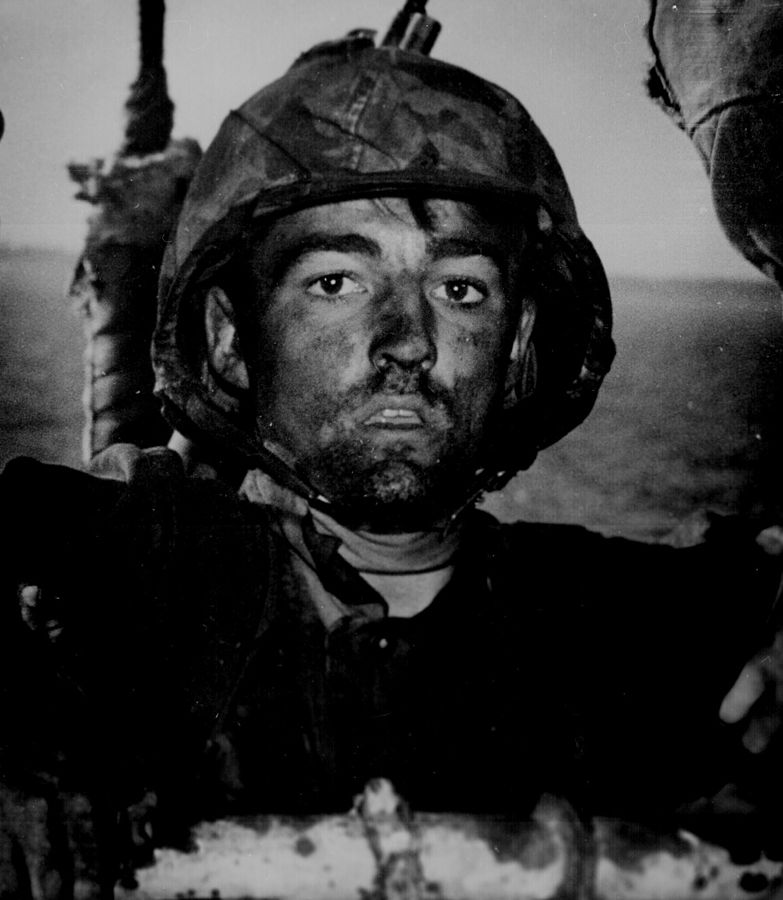“PTSD” or “Post-Traumatic Stress Disorder” is such a common term today that one can scarcely read the headlines or watch TV and not hear it at least once a day. Though many people use the term for a variety of reasons far removed from any military usage, its common use in referring to symptoms shown by veterans is a good thing.
Consider that “Post Traumatic Stress Disorder” is a widely used medical/psychological term, and that its use carries so little stigma today that everyday people use it on a regular basis. We don’t have or use a nick-name for it, like “the shakes”, “nerves”, etc.
That shows how far we’ve come in the treatment of veterans who have undergone severe trauma on the battlefield. Of course, there is a long way to go, especially when one considers the multiple long-term deployments of today’s soldiers.
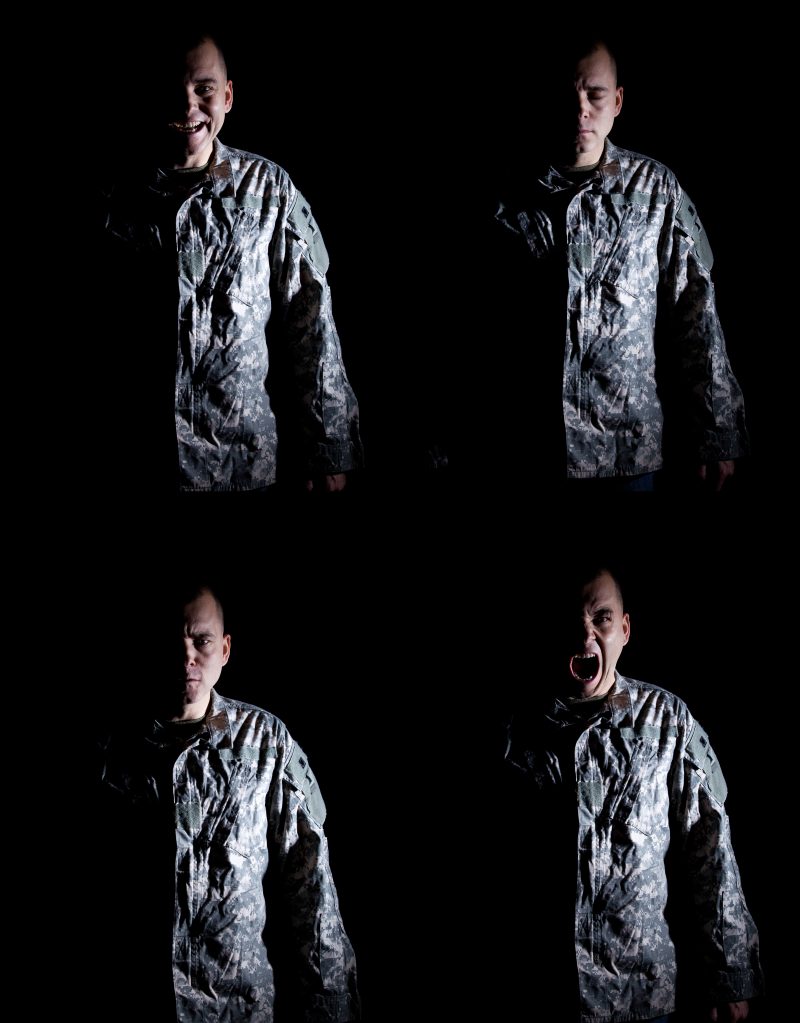
Even as recently as the Vietnam War, veterans who showed symptoms of PTSD were sometimes labeled “cowards” who were trying to get out of action. In WWI, they were called “shirkers”. Bear with me while I digress a moment…
For those of you into history, words, and the history of words, check out Google Books. Google has taken all of the books that are digitized on/in Google Books (millions), and connected a program to them which measures the usage of a word over time, or rather during certain times.
For example, want to know when the word “Shirker” was most commonly used? During and right after the American Civil War and World War I. Not a coincidence. Plug in the word “yellow”…the word usage peaks during…WWI. Type in “fatigue”, a common word, but with peaks on the graph at…1918 and 1945.
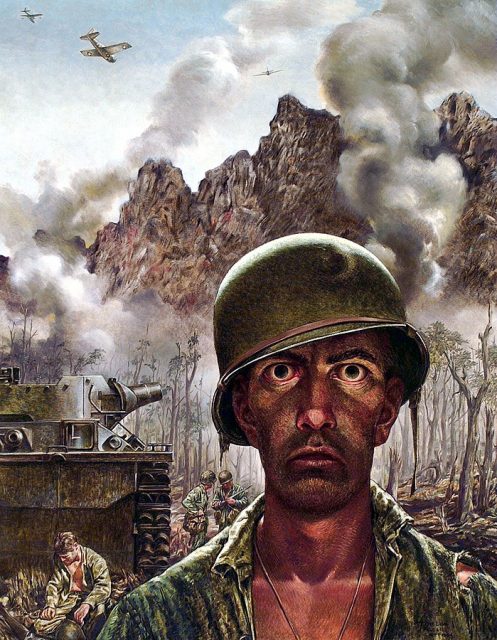
“Combat fatigue” was the term for PTSD in WWII. For many, “coward” was the most chosen for the misunderstood condition. We all know the General Patton story.
The most common term for PTSD in World War One was “shell shock” (Word usage peaks in 1920). Though at times there have been barrages approaching the intensity of those in WWI, soldiers in the first 20th century global conflict endured artillery barrages lasting sometimes days…non-stop, with millions of shells landing in relatively confined areas. Those that survived were extremely lucky, or had the benefit of well-prepared trenches/bunkers/dug-outs.
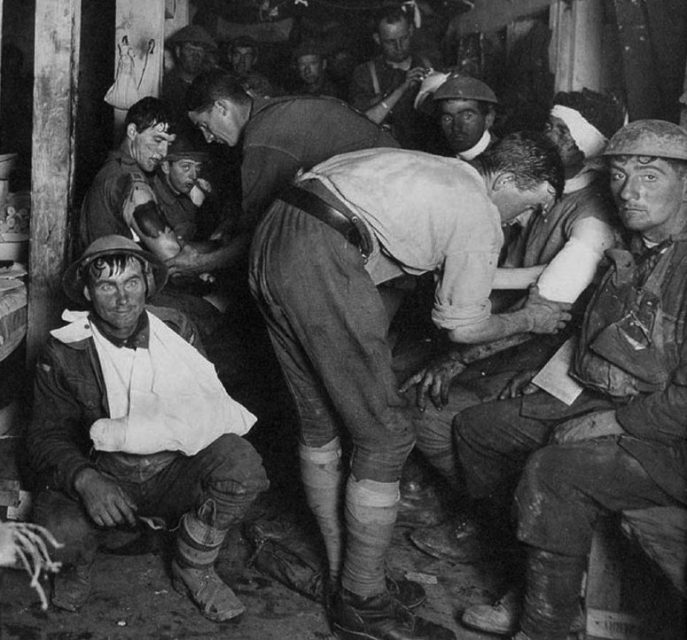
But imagine this…you probably really can’t, but try. You’re six or ten feet underground in a bunker with ten or twenty of your comrades. Bunks line the walls, a couple of wooden tables in the center. Gas lamps hang on the walls or on tables, giving a dim light.
Perhaps a canary sings in a cage, not knowing his death is a forewarning of a gas attack. Then out of nowhere, a horrible whistling begins, followed by hundreds, then thousands of massive explosions which begin to shake everyone and everything around you…and knock all of the gaslights out. Part of the dugout collapses in the darkness and people begin screaming. This lasts for forty-eight hours…without stopping.
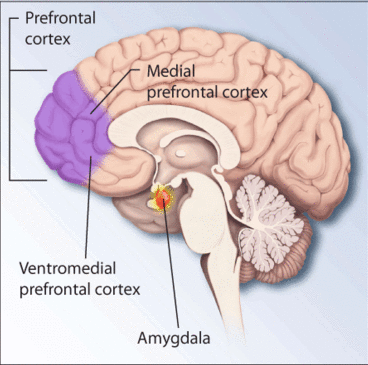
That anyone survived this with their body and their mind intact is a “miracle”. Many men had their minds ripped from them in various degrees. It is estimated that many of the lesser affected were returned to the line within days. Many were referred to hospitals behind the lines or in England. Some of them returned to duty. Many did not. Almost all of them were never the same.
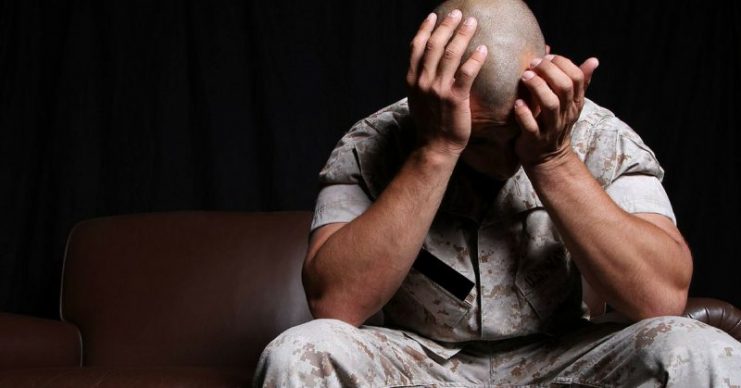
In less serious cases, shell shock left men sensitive to loud noises. Perhaps they avoided things or jobs which generated them. Perhaps later in life, when and if they had children, they demanded total quiet and perhaps abused children when they made a sudden unexpected racket. Growing up, I knew an Okinawa veteran and his family who suffered like this.
In the worse cases, shell shock victims might develop a twitch either at loud noises or constantly. Perhaps their hands shook visibly, or they had a facial tic, which made socialization hard in a less understanding age. Sometimes shell shock made its presence known in the form of a stutter, once again making life difficult in many ways – socially, professionally, romantically…
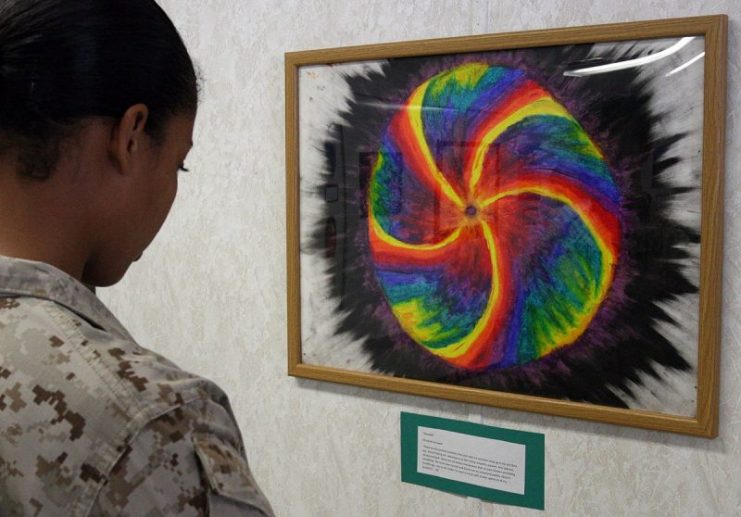
In its worst forms, which you will see if you click the link below, men of all nations, but particularly those who served on the Western Front, became prisoners of their own minds and bodies. In these cases, men no longer could think as normal human beings – essentially what made them “human” had been stripped from them, and their lives and actions were those of terrified animals. They could eat and drink. Perhaps they had control of their bodily functions, but in many cases they did not. That was about it.
Many of these men never recovered and spent what was left of their lives in institutions – if they were lucky, and in the USA, Great Britain or France. Some German victims had institutions available to them, but in the horrible post-war economic circumstances of that nation, care in most cases was abysmal.

It is not known how many men suffered in family homes, hidden away. That begs the question – how many of the more “able” committed suicide? How many were killed by friends and/or family out of pity? If you think that last question totally out of line, have a look at this video:
In a 2011 article for the BBC Online, Professor Joanna Burke of the University of London spoke of the treatment one of the more serious cases could expect at hospitals in England:
“If breakdown was a ‘paralysis of the nerves’, then massage, rest, dietary regimes and electric shock treatment were invoked. If a psychological source was indicated, the ‘talking cure’, hypnosis, and rest would speed recovery. In all instances, occupational training and the inculcation of ‘masculinity’ were highly recommended. As the medical superintendent at one military hospital in York put it, although the medical officer must show sympathy, the patient ‘must be induced to face his illness in a manly way’”.
As I write this article, it is May 2018. Exactly one hundred years ago, men in WWI were being traumatized in a way that is virtually impossible for most of us to imagine. However, they and those that followed in the century’s next wars contributed, albeit unfortunately, to the understanding that we now have of PTSD. If anything good can be said about the consequences of WWI, perhaps that is it.
_______________________________________________________________________
Matthew Gaskill holds an MA in European History, and writes on a variety of topics from the Medieval World to WWII to genealogy and more. A former educator, he values curiosity and diligent research. He is the author of many best-selling Kindle works on Amazon and is currently working on a new book.
